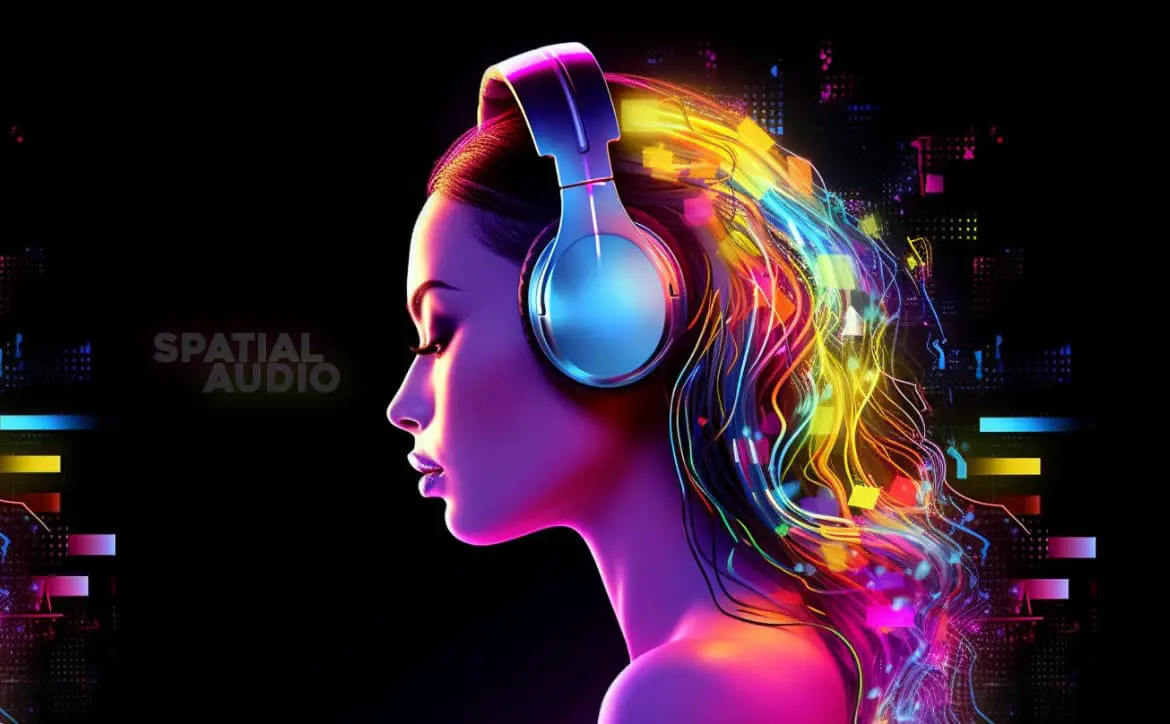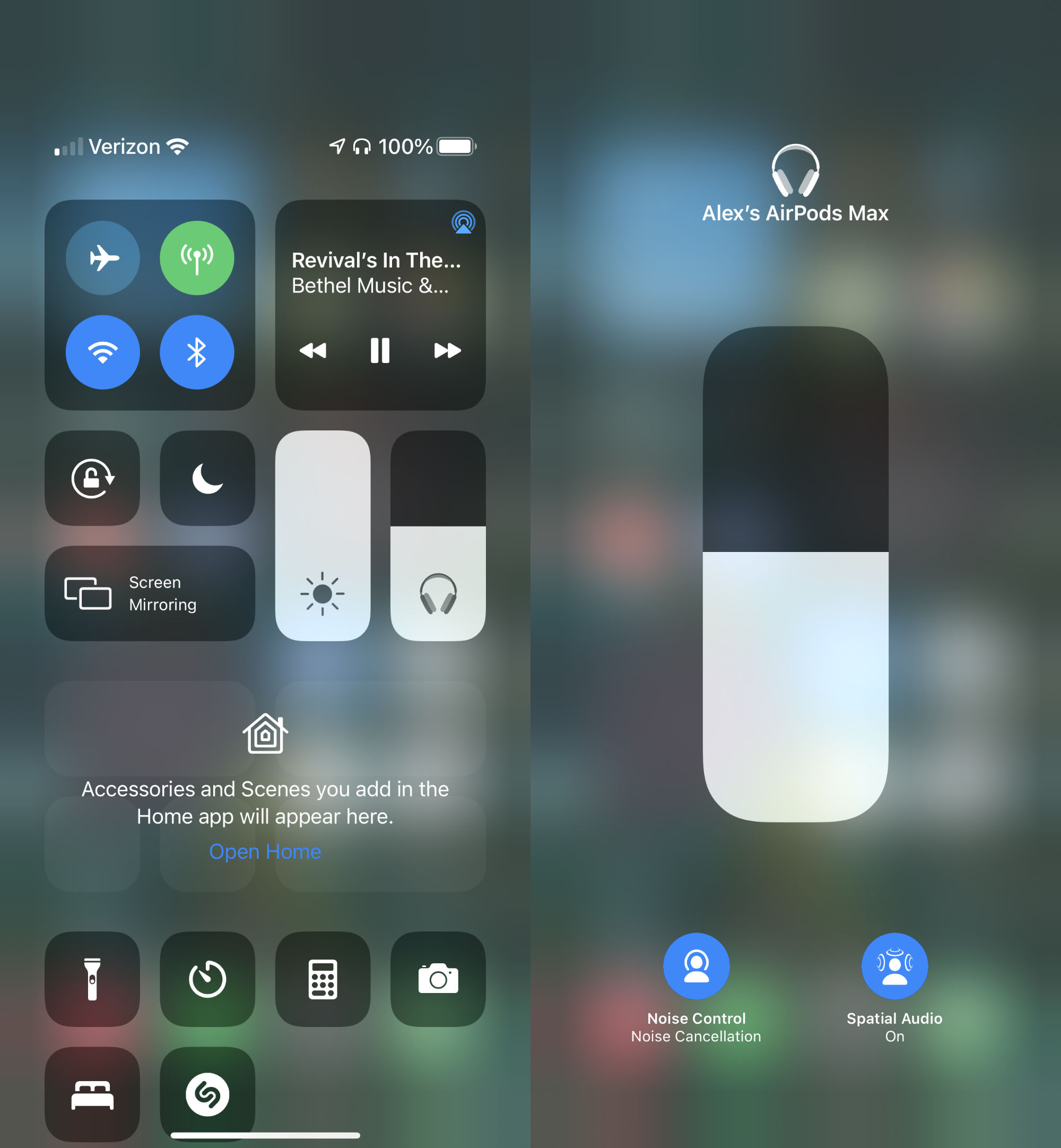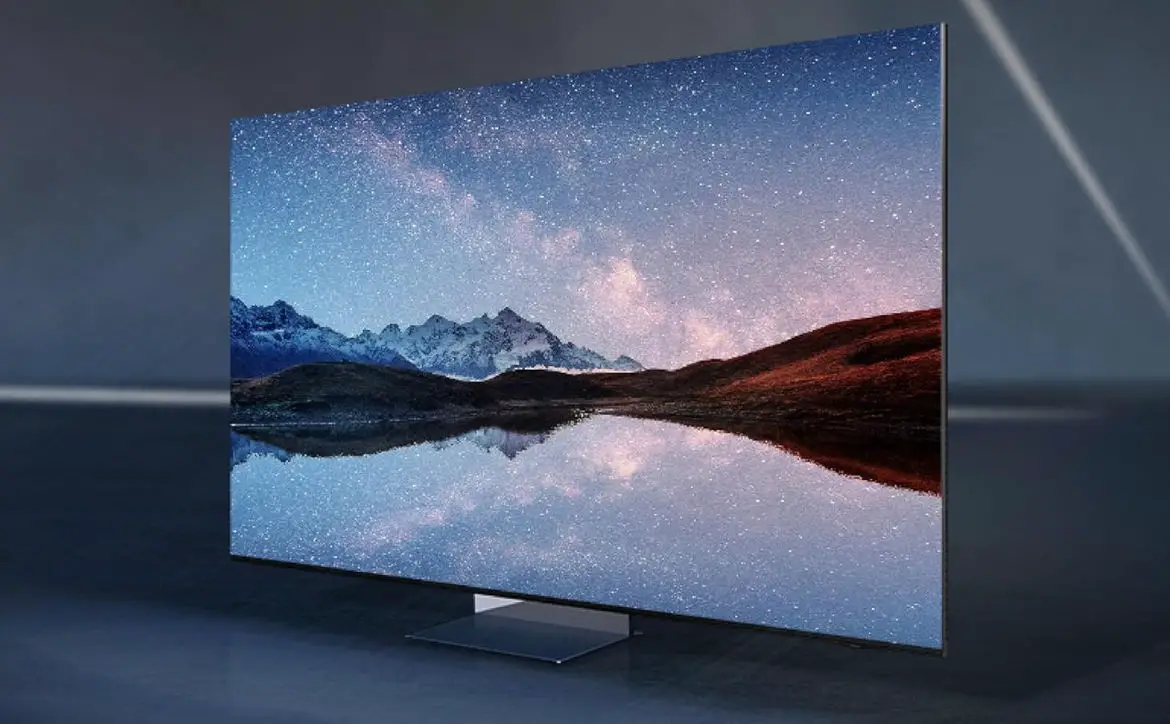Recently, technological advancements have been reshaping the way we experience audio content. One of the most exciting developments in this field is the emergence of spatial audio, a cutting-edge audio technology that aims to create a more immersive and lifelike listening experience.
Estimated reading time: 4 minutes
With Apple’s commitment to innovation, they have introduced spatial audio to their ecosystem, allowing iPhone users to dive into a new dimension of audio engagement. However, before you can fully enjoy this auditory marvel, there are certain prerequisites that need to be met. In this article, we’ll delve into what’s required to experience spatial audio on an iPhone.
Table of contents
What is Spatial Audio?

Spatial audio is an innovative audio technology that recreates a 3D sound environment, simulating the way sounds occur in the real world. It enables sounds to come from all directions, not just from the left and right channels, creating a more immersive and lifelike auditory experience. When implemented effectively, spatial audio can make you feel like you’re actually in the middle of the scene, concert, or conversation you’re listening to, enhancing the overall enjoyment of audio content.
Requirements for iPhone
- iPhone Compatibility: Not all iPhones are capable of supporting spatial audio, as far as we know, iPhone 7 and later are supported.
- iOS Version: To enjoy spatial audio, you need to ensure that your iPhone is running the latest iOS version that supports this feature. Apple periodically releases updates that bring improvements and new functionalities to their devices, so it’s essential to keep your iPhone’s software up to date.
- Content Source: The audio content you’re consuming must be mixed and encoded in spatial audio format to fully experience its benefits. Apple Music, for example, offers a growing library of songs in spatial audio, so you can enjoy your favorite tunes with enhanced depth and immersion.
- Compatible Headphones or Earphones: Spatial audio is designed to work with compatible headphones or earphones. Devices like the AirPods Pro and AirPods Max are specifically engineered to deliver spatial audio experiences. These headphones utilize advanced hardware and algorithms to create a dynamic and enveloping sound field around the listener.
- Head Tracking: A crucial aspect of spatial audio is head tracking, which adjusts the audio based on the orientation of your head. This feature requires gyroscope and accelerometer sensors that are present in modern headphones like the AirPods Pro. As you move your head, the audio changes direction to maintain a consistent and immersive soundscape.
- Stereo Content: While spatial audio aims to enhance the perception of direction and depth in audio, it’s worth noting that not all content will benefit equally from this technology. Content that was originally mixed in stereo or mono might not provide the full spatial audio experience, as the technology primarily shines when used with content mixed in multichannel formats.
How to Enable Spatial Audio
Enabling this feature on your compatible iPhone is a straightforward process:
- Connect Your Compatible Headphones: Ensure that your AirPods Pro or other compatible headphones are connected to your iPhone via Bluetooth.
- Update iOS: Make sure your iPhone is running the latest compatible iOS version.
- Content: Play spatial audio-enabled content from sources like Apple Music.
- Enable Spatial Audio: Open the Control Center on your iPhone and long-press the volume slider. A pop-up should appear, allowing you to enable spatial audio for your connected headphones.

Conclusion
Spatial audio represents a groundbreaking step in audio technology, bringing a new level of immersion to our listening experiences. To embark on this auditory adventure, you’ll need an iPhone with compatible hardware, updated software, the right audio content, and a pair of compatible headphones. As this technology continues to evolve, we can anticipate even more captivating audio experiences that blur the line between reality and imagination. So, make sure you have the right pieces in place, and get ready to be transported into a world of sound like never before.
Do you use this feature on your iPhone and AirPods? Do you like it? What would you change about it? Please share your thoughts on any of the social media pages listed below. You can also comment on our MeWe page by joining the MeWe social network. And subscribe to our RUMBLE channel for more trailers and tech videos.
In some of our articles and especially in our reviews, you will find Amazon or other affiliate links. As Amazon Associates, we earn from qualifying purchases. Any other purchases you make through these links often result in a small amount being earned for the site and/or our writers. Techaeris often covers brand press releases. Doing this does not constitute an endorsement of any product or service by Techaeris. We provide the press release information for our audience to be informed and make their own decision on a purchase or not. Only our reviews are an endorsement or lack thereof. For more information, you can read our full disclaimer.
Portions of this article were written using AI and edited by us, some images may be generated using AI.
Last Updated on March 13, 2024.










